The program should include increasingly advanced approaches as pupils progress. Examples include 3D nail art, gel and acrylics, stencils, and complex hand-painted designs. Each module should challenge pupils and reward their skill development. Live demonstrations and hands-on practice sessions improve learning results since students can see and implement the techniques under an experienced instructor.
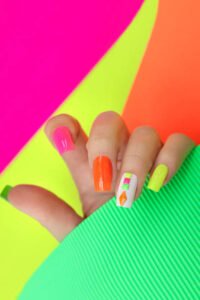
Understanding and using current trends and technologies is essential to nail art training. New styles, tools, and application methods are necessary in the fast-changing beauty industry. Trend analysis and the future of nail design might make a course more appealing to industry-focused students.
A complete nail design education should cover both technical and creative skills. Modules on sketching designs, color matching, and beauty treatment color psychology can accomplish this. Such knowledge helps nail technicians provide tailored treatments and deepen their competence.
Course facilities and materials also affect its effectiveness. Creative learning environments with cutting-edge tools and resources are essential. Practical skills like nail art require personalized attention and better learning experiences, which small classes provide.
Instructor credentials matter, too. Trainers should be excellent nail artists and good teachers. They must adapt their teaching style to student learning types and give constructive feedback. Regular instructor training can sustain excellent educational standards and innovative instructional strategies.
Attracting the correct audience requires good course marketing. This requires clear communication about the course’s value, substance, and job prospects. Social media, testimonials, and before-and-after photos of student work can enhance enrollment.
Finally, course material and structure must be evaluated and updated to be current and effective. Students and instructors can suggest improvements and industry standards and trends are often reviewed to keep the curriculum current.
Combining artistic inventiveness and disciplined educational design creates a nail art course that adapts to the changing beauty industry. By preparing carefully, considering student requirements and industry standards, and continuously improving, instructors may build nail art courses that inspire and encourage students to thrive in this beautiful art form.
Professional nail art workshops unleash creativity and precision.
Attending workshops in a professional nail studio can turn a pastime into a successful job for cosmetologists, especially nail designers. For those seeking professional development, such places offer ample r learning, networking, and skill improvement opportunities.
Professional nail art seminars offer an immersive experience that self-taught students cannot match. Industry professionals and experienced artists lead these courses, sharing the latest methods and trends. Learning from such people improves technical skills and fosters creativity. Participants learn cutting-edge nail art methods, including delicate brush skills and computerized nail painting technologies.
In addition to learning new techniques, these sessions provide a platform for nail care basics. Professional workshops cover nail health assessment and treatment of common nail disorders to prevent damage during nail art application. This holistic method helps attendees improve their nail health and decorative skills.

A workshop’s structured atmosphere ensures a logical, sequential learning process. Professional seminars provide a constant learning curve, unlike internet tutorials. Learning complex designs is thorough but fun because they are broken into digestible chunks.
Another benefit is networking with other nail artists and hobbyists. Workshops bring together beginners and experts. This blend makes learning dynamic so people can share experiences, techniques, and obstacles. These meetings typically create lasting industry relationships that can help with future collaborations or job prospects.
Professional seminars provide quick, multifaceted critique and feedback. Instructors can fix problems immediately and offer tips on improving a design or technique. Peer reviews also assist one in comprehending different stylistic approaches and improving their work.
Attending these programs also significantly boosts confidence. Mastering new techniques and creating intricate designs also boosts confidence. Nail art artists need the confidence to communicate with clients and perform under pressure in timed contests or busy salons.
Professional programs often include nail salon business for those who want to turn their passion for nail art into a career. These may include customer management, marketing, pricing, and business planning. Anyone wishing to succeed in the competitive beauty market needs such knowledge.
Resources are another reason to attend these workshops. Participants can try new items and advanced technology that would be too expensive or impossible for a person to buy. Many seminars offer unique materials as part of the enrollment price, making high-quality supplies affordable.
In conclusion, professional nail art classes go beyond talent development. They provide a complete ecosystem for learning, creativity, and community networking—essential for nail art professionals. Direct mentorship from specialists ensures that techniques acquired are current and commercially feasible. The controlled learning atmosphere and peer interactions make these courses essential for nail artists of all levels. Professional nail art seminars are crucial for anybody looking to succeed in this dynamic field due to their blend of artistic development, professional progress, and commercial savvy.
Professional workshops also emphasize innovation. They routinely unveil innovative nail art designs and products, giving a sneak peek into the future. Nail artists who want to develop trends must be forward-thinking. Workshop attendees can offer unique designs that set them apart by staying ahead of trends.
Additionally, certification from respected workshops can boost a nail technician’s qualifications. Clients trust a certificate of quality and experience that can set them apart in a competitive industry. This distinction honors the artist and increases the salon’s reputation, potentially bringing better clients.
Workshops promote constant learning and progress. Regular professional development helps artists maintain high standards and respond rapidly to industry changes and customer needs. These courses polish an artist’s talents and keep them at the forefront of the nail art business by updating their technique and artistic vision.

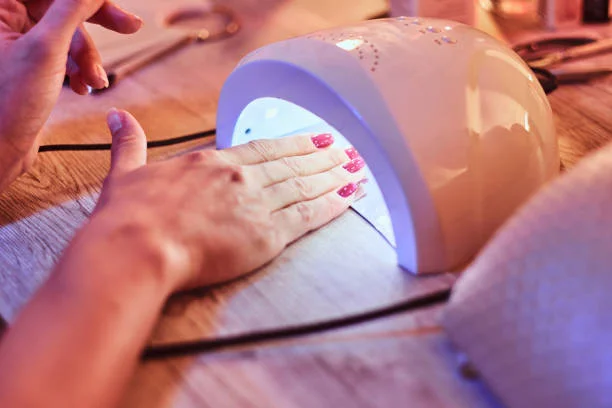
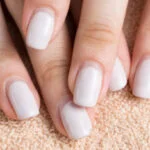

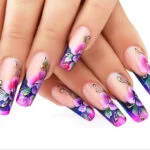


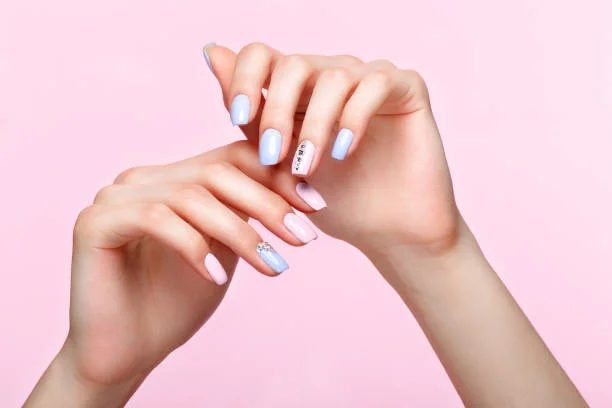
Leave a Reply